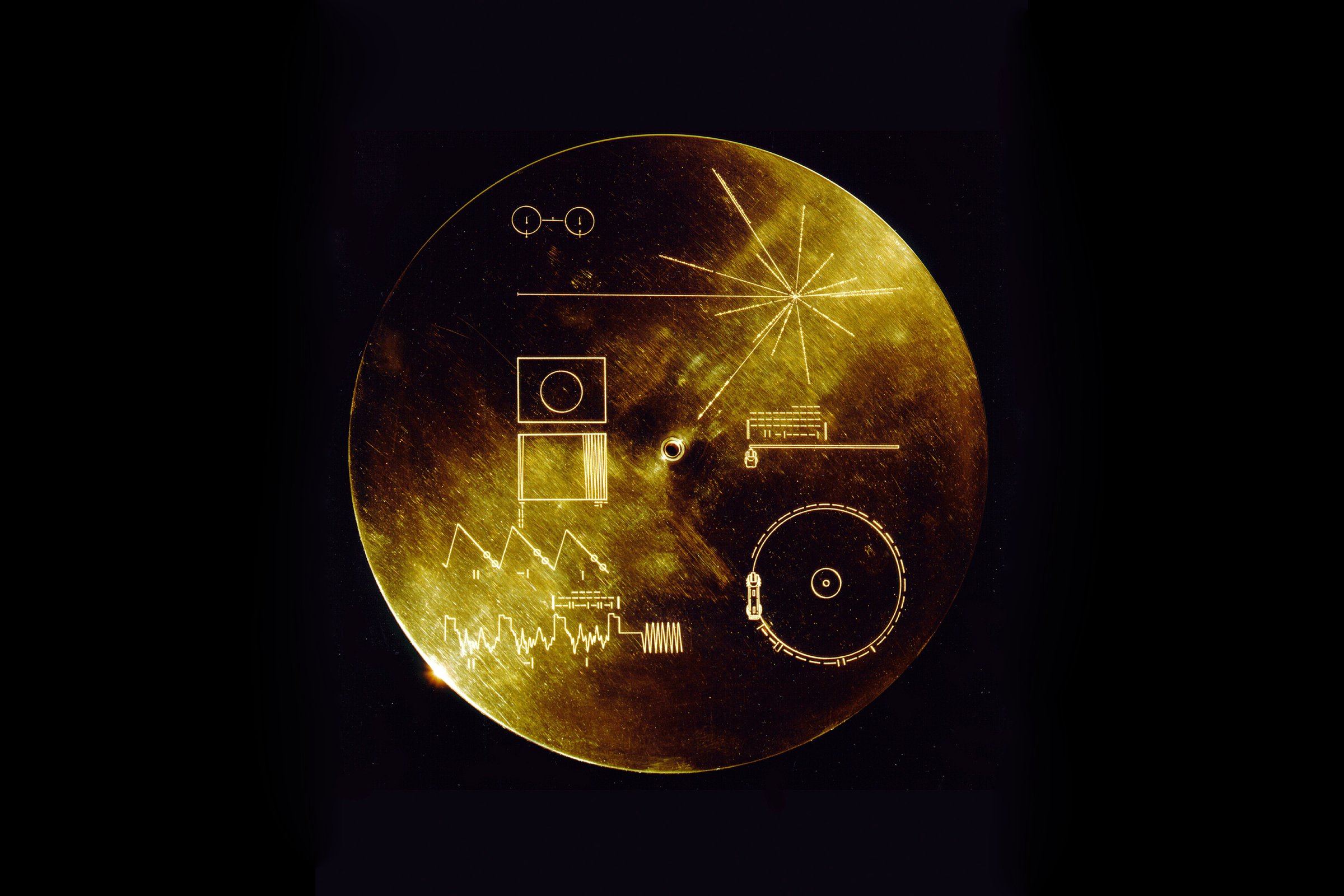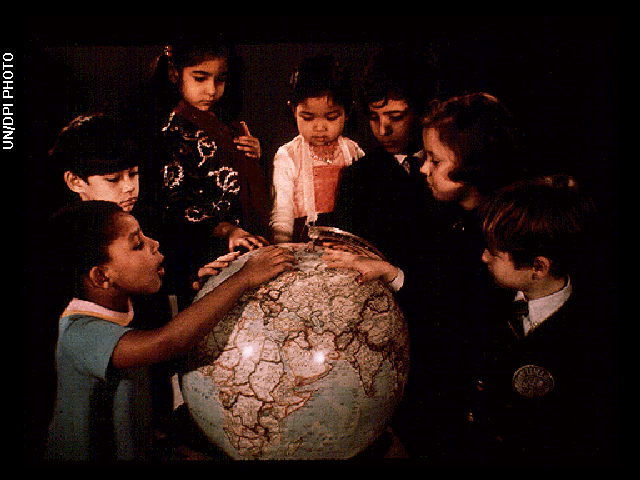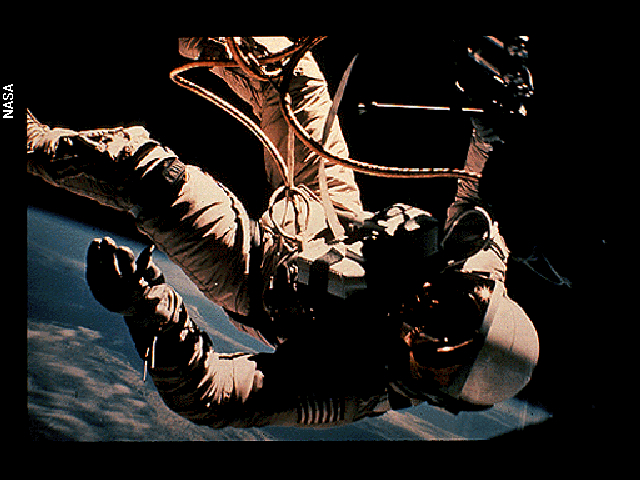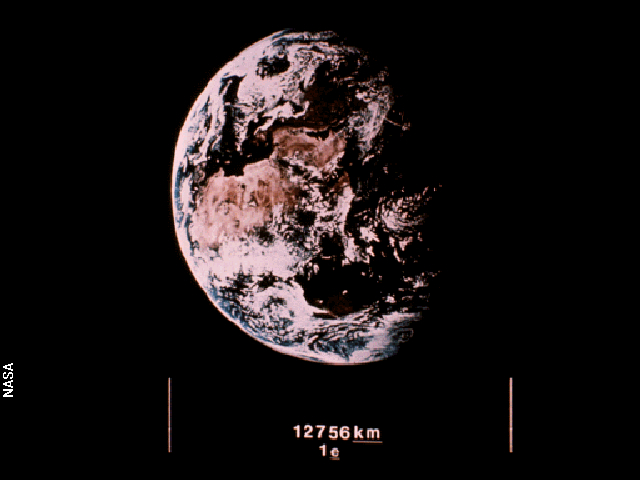
It was nearly 30 years ago—Jan. 24, 1986, nearly a decade after it had been launched—that the Voyager 2 spacecraft made its closest pass to Uranus and, as TIME phrased it, “taught scientists more about Uranus than they had learned in the entire 205 years since it was discovered.”
But the sophisticated equipment that sent information back to NASA wasn’t the only important thing on board the spacecraft. The Voyager 2, like the Voyager 1, carried with it a record, plated in gold, on which had been encoded sounds and images meant to “portray the diversity of life and culture on Earth,” according to NASA. The message from Earth was curated by a committee led by Carl Sagan and contained 115 images of “scenes from Earth.”
It was estimated in 1977, when the Voyagers launched, that it would take 40,000 years for them to reach a star system where there might be a being capable of deciphering the record. But, should that ever happen, what exactly could those photos say about humanity? Here’s a hint, from a few of the pictures on the golden record, and our best guesses at how hypothetical aliens might interpret them:
Cute young Earthlings and an image of their planet, or maybe giant Earthlings and a smaller planet under their control:

A fully grown Earthling, or maybe a demonstration of the kinds of weapons available on Earth:

An Earth city building at sunset, or maybe the spacecraft with which a large number of Earthlings will come find you:

Earth traffic jam, or maybe why Earthlings will be fleeing to move to your home planet:

Earth scientist at work, or maybe an Earthling with goggles that can see you right now:

How this thing got to you, or maybe a missile:

An image of early Earth spaceflight, or a being we abandoned in space:

Celestial bodies near the Earth, Jupiter, Mercury and Mars, or maybe the places we’ve already conquered:

Where to find us, or maybe where to stay away from:

More Must-Reads From TIME
- The 100 Most Influential People of 2024
- Coco Gauff Is Playing for Herself Now
- Scenes From Pro-Palestinian Encampments Across U.S. Universities
- 6 Compliments That Land Every Time
- If You're Dating Right Now , You're Brave: Column
- The AI That Could Heal a Divided Internet
- Fallout Is a Brilliant Model for the Future of Video Game Adaptations
- Want Weekly Recs on What to Watch, Read, and More? Sign Up for Worth Your Time
Contact us at letters@time.com